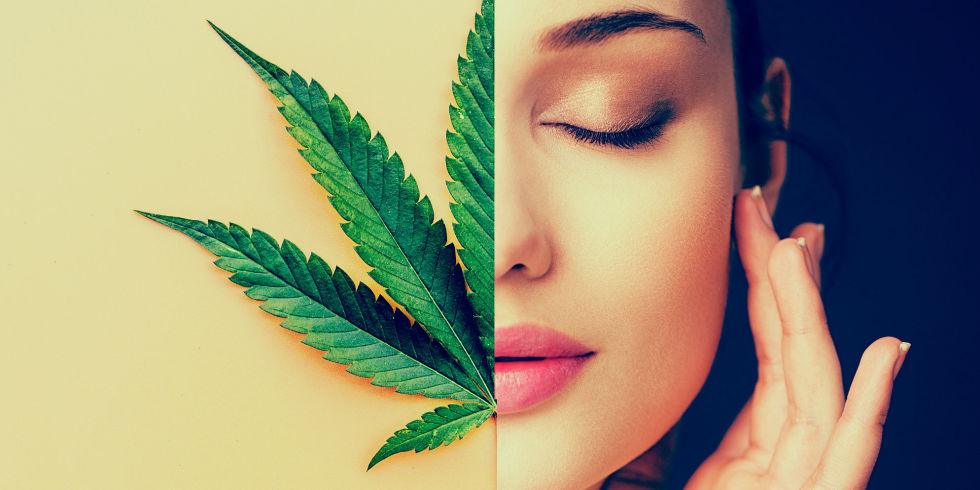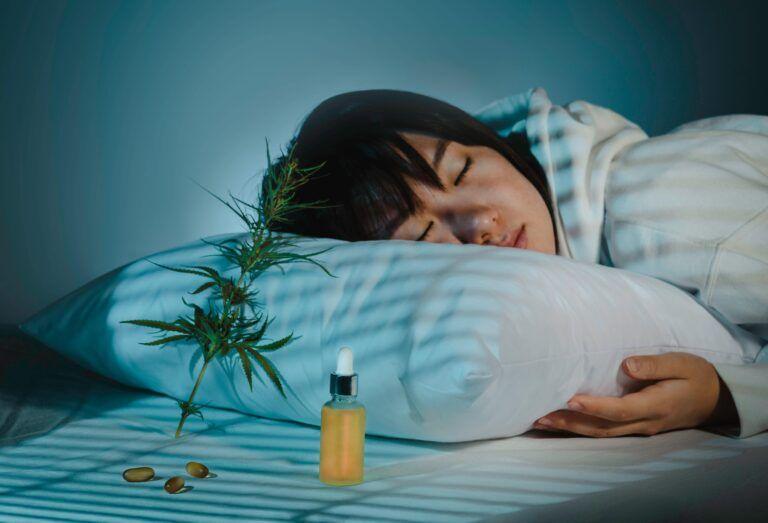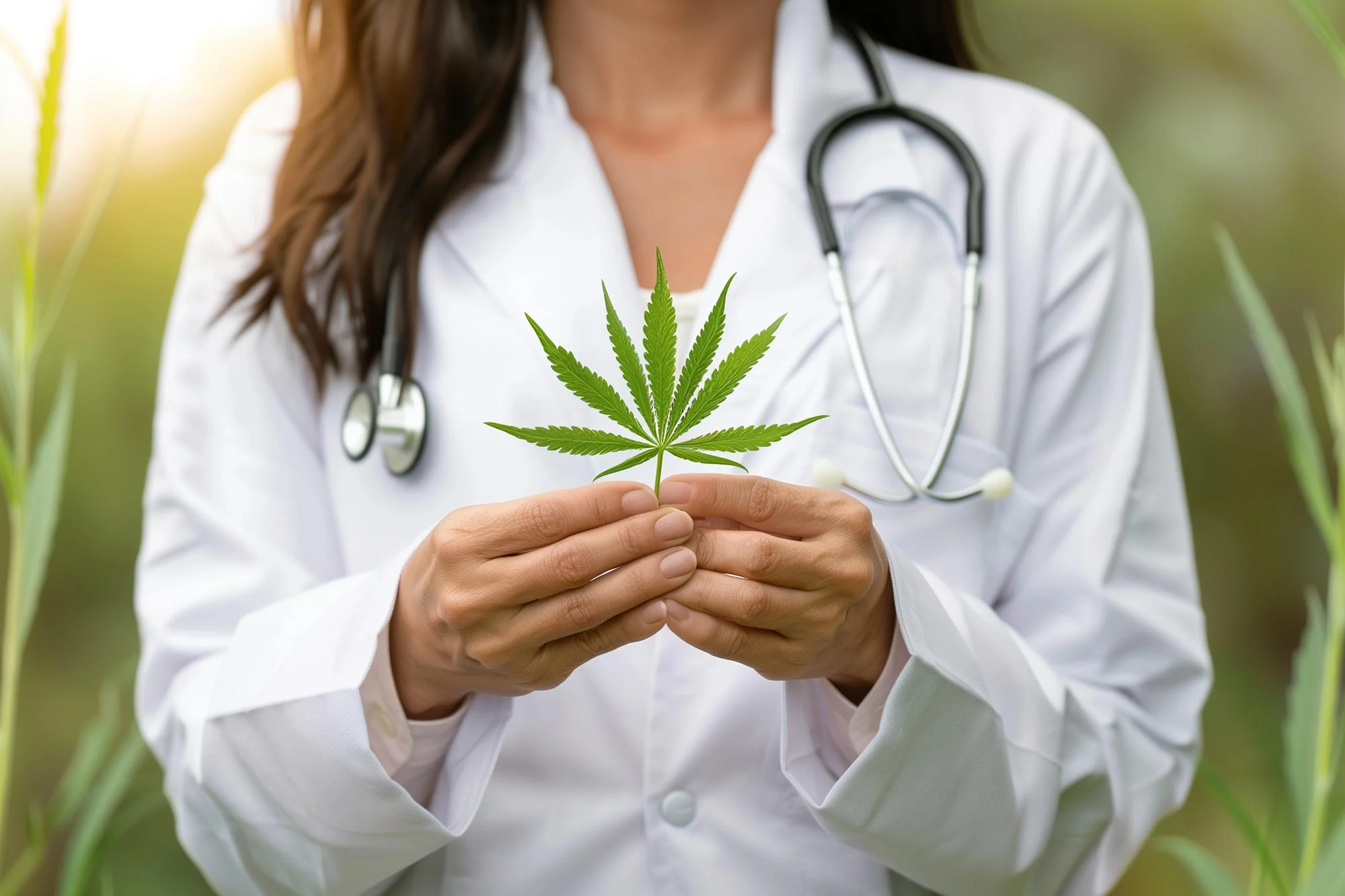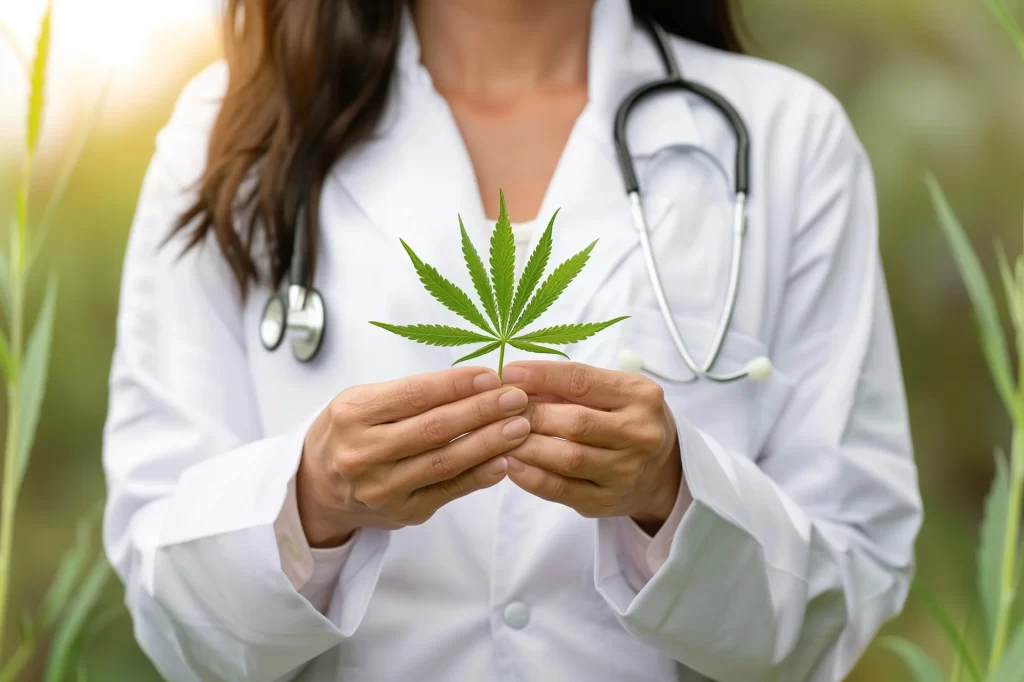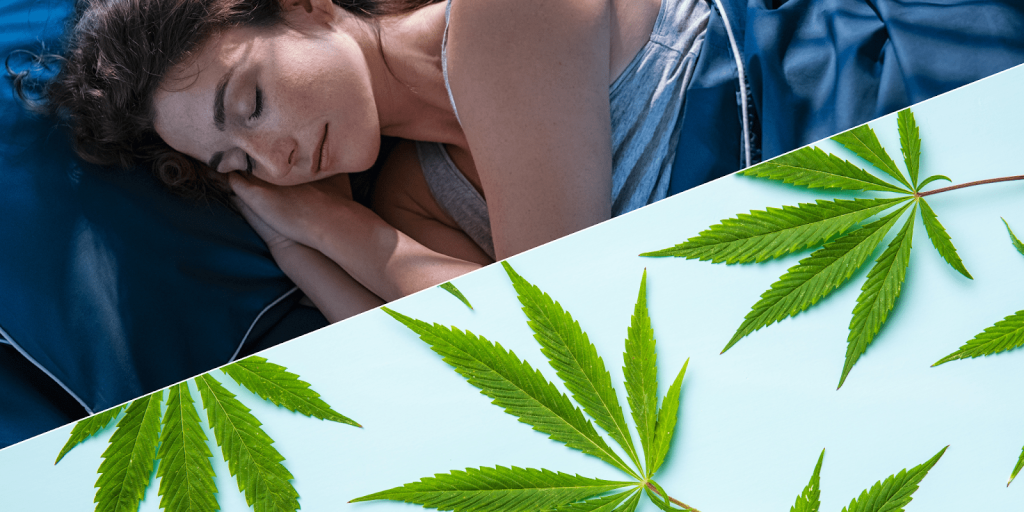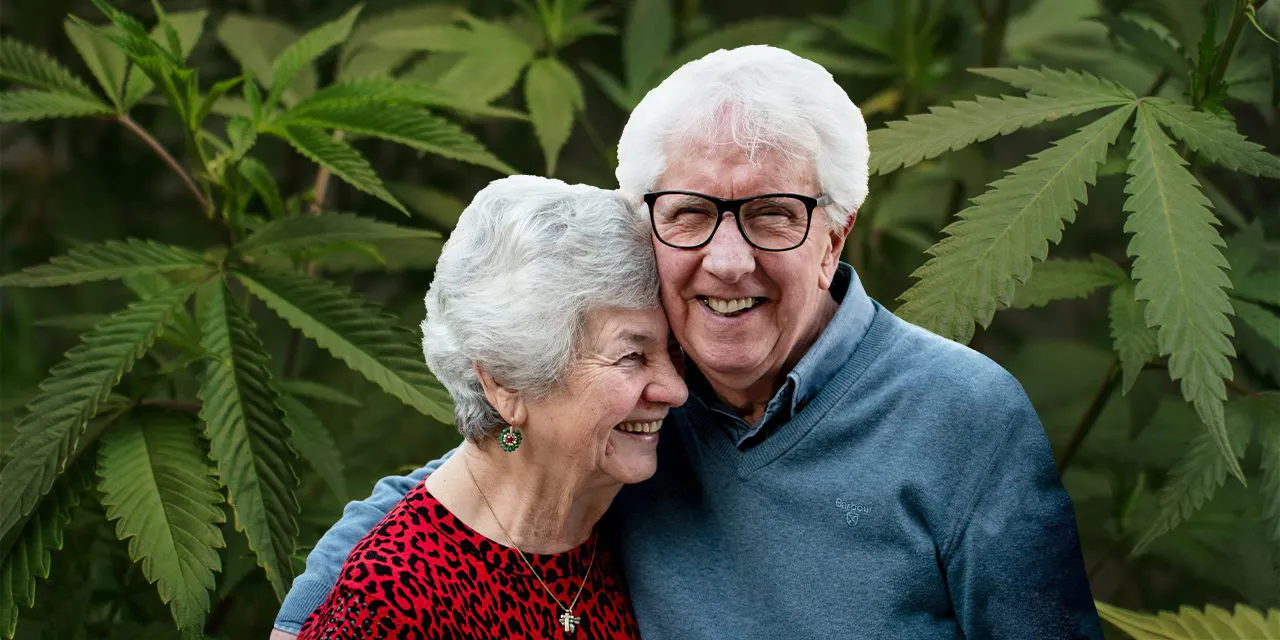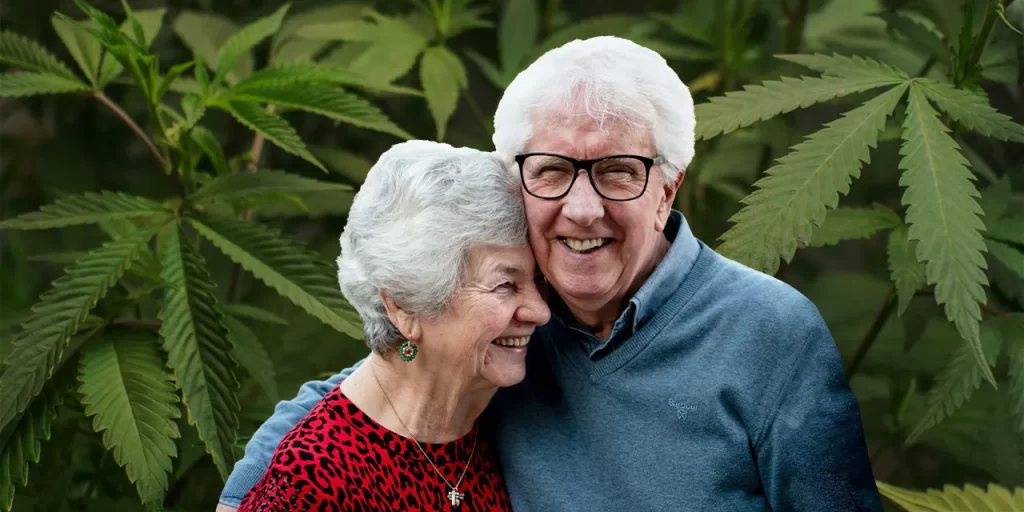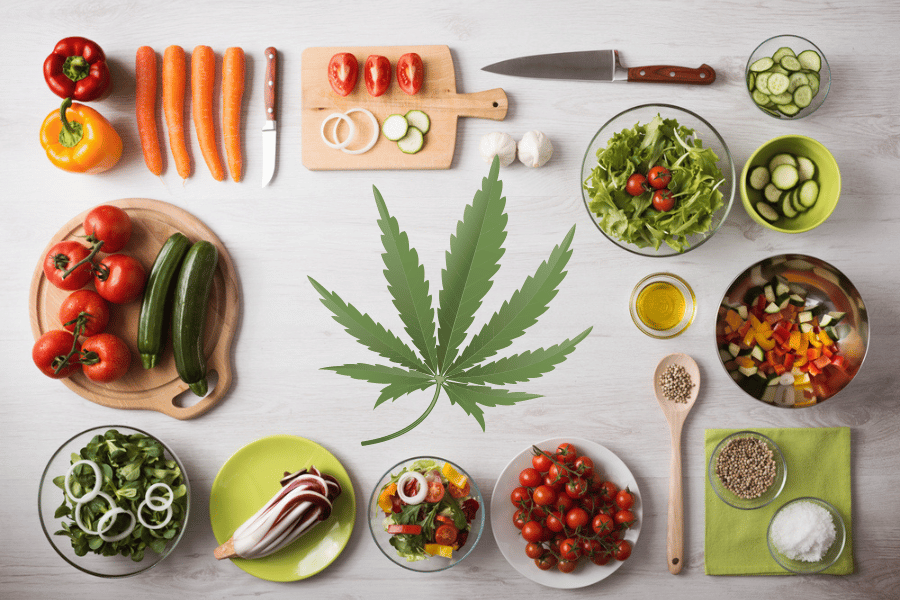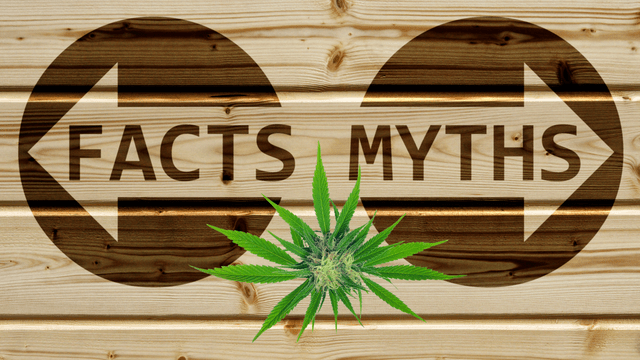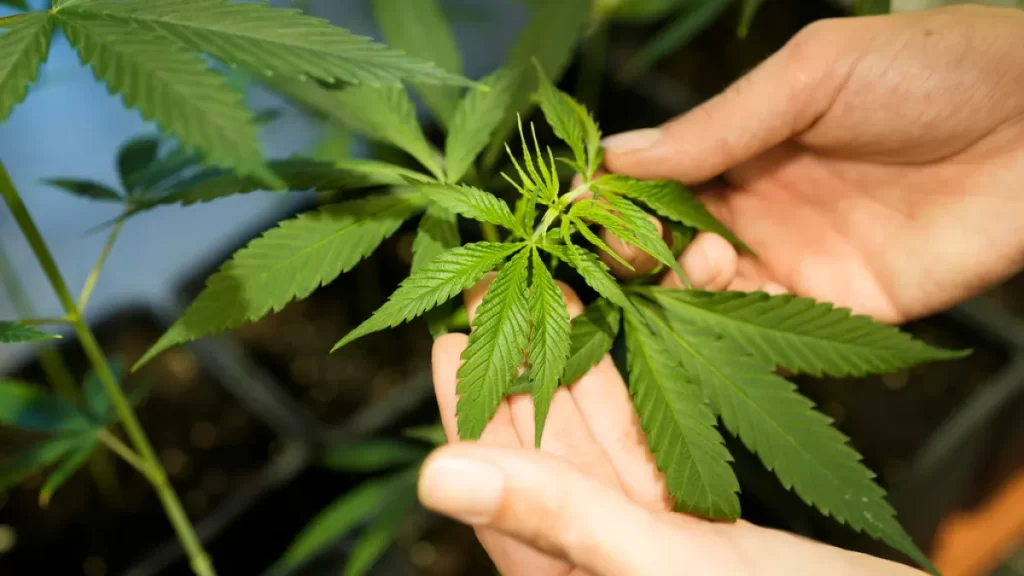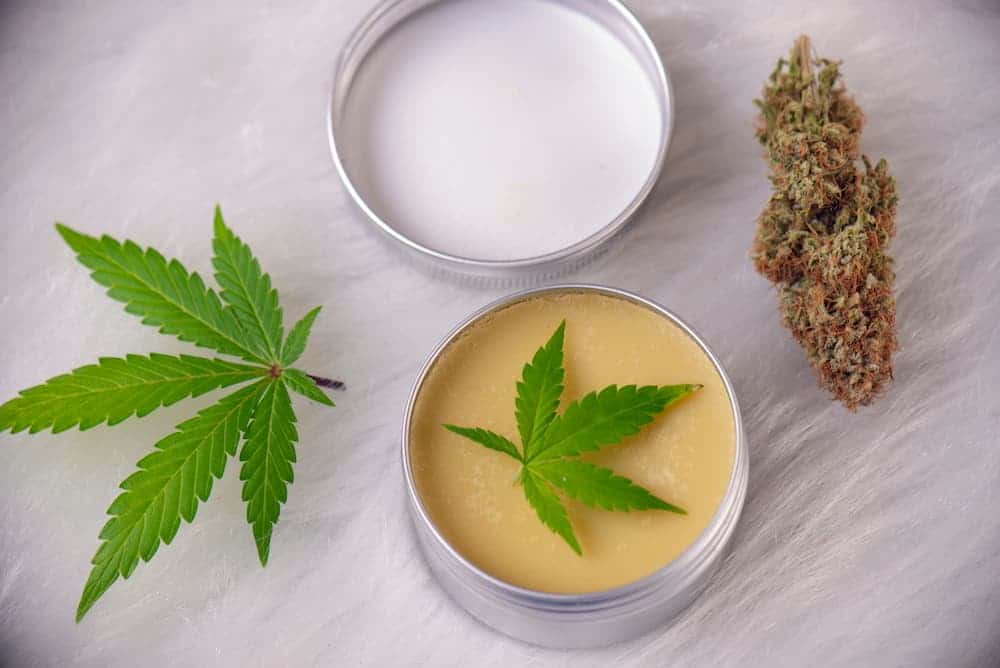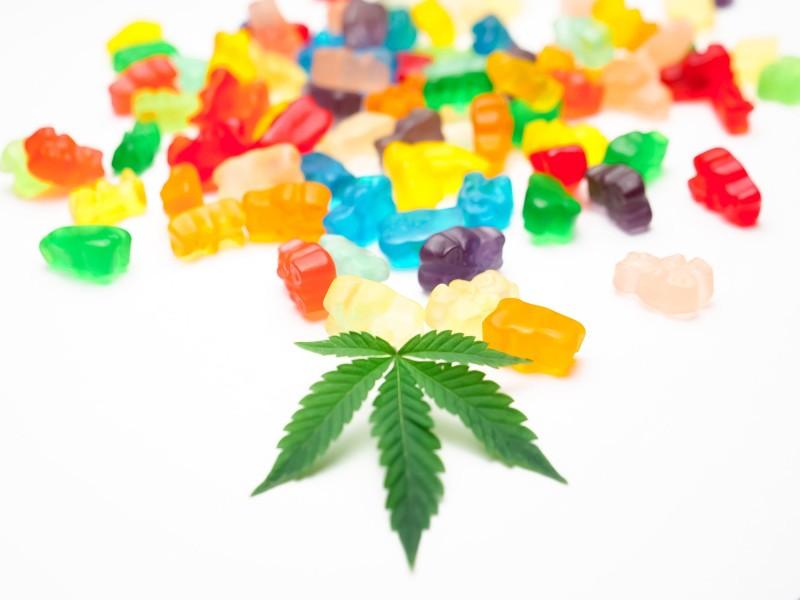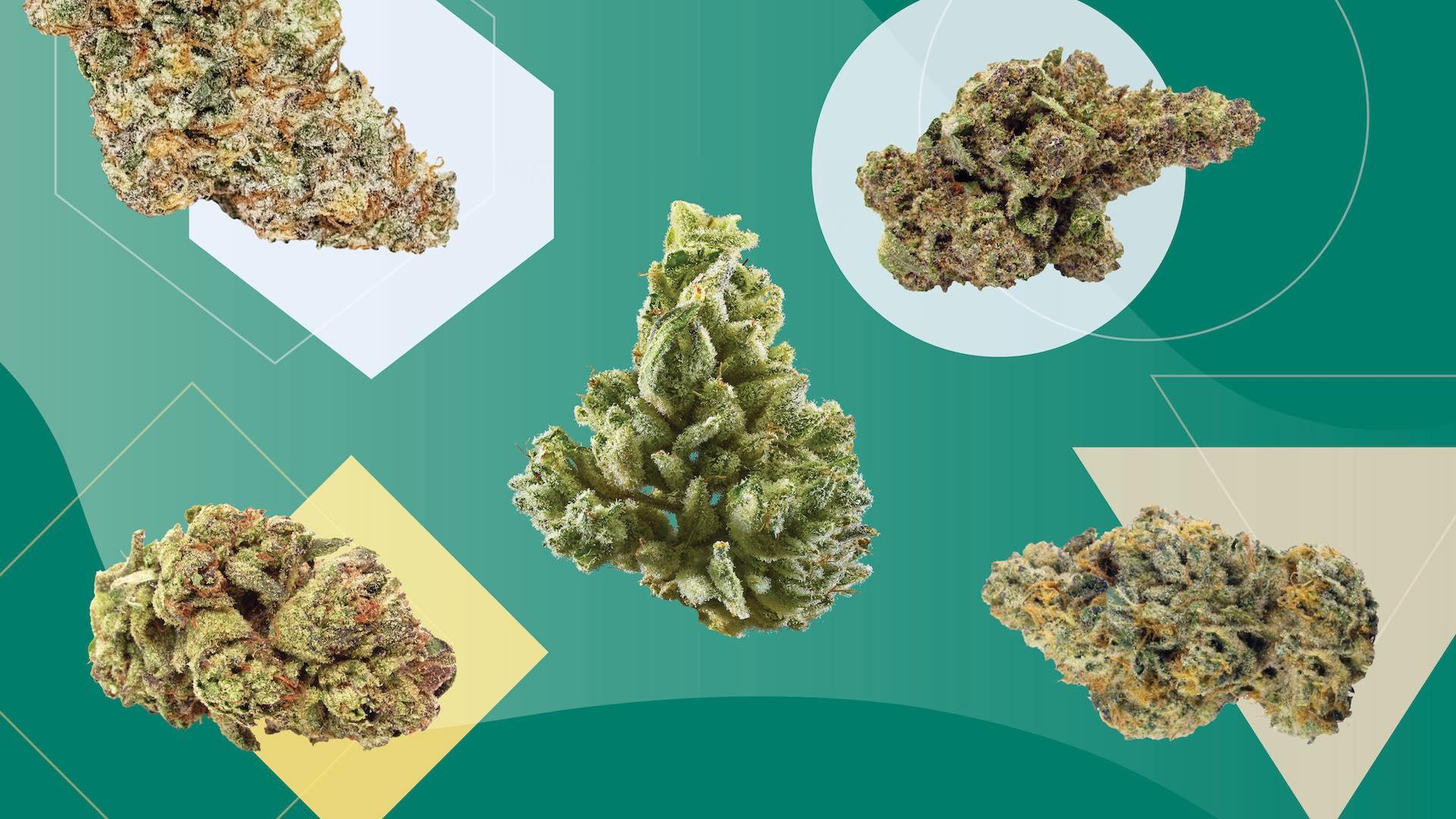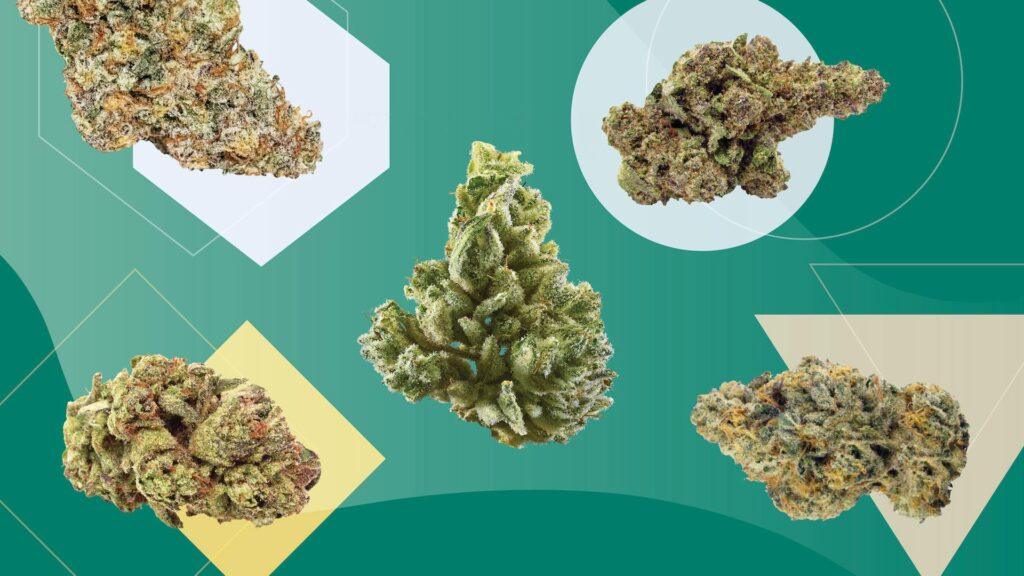Kief Vs Hash: What are the Differences?
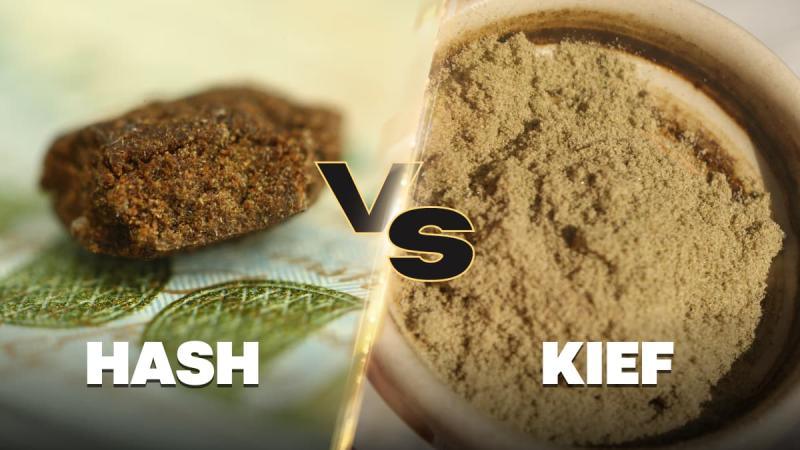
If you’re new to cannabis or even if you’ve been using it for a while, you may have heard terms like “kief” and “hash” and wondered what they are. Both kief and hash come from the cannabis plant, but they are different in how they are made, used, and their effects. In this blog, we’ll break down the key differences between kief and hash, so you can better understand what each offers.
What Is Kief?
Kief refers to the fine, powdery substance that comes from the trichomes of the cannabis plant. Trichomes are the tiny, crystal-like glands found on the surface of cannabis flowers. These glands contain the plant’s cannabinoids (like THC and CBD) and terpenes (which give cannabis its smell and flavor).
- Appearance: Kief looks like a light, powdery substance that’s pale green or light brown in color.
- How it’s made: Kief is collected by sifting or grinding cannabis flowers. Many grinders have a special compartment designed to catch kief as the cannabis is ground.
- Potency: Kief is more potent than regular cannabis flower because it contains concentrated cannabinoids.
- Uses: Kief can be added to joints, sprinkled on top of bowls, or used to make edibles or hash.
What Is Hash?
Hash, short for hashish, is a more processed form of cannabis that is made by compressing and heating kief. When the trichomes are collected and pressed together, they form a more solid or paste-like substance, which is hash.
- Appearance: Hash usually has a darker, more solid appearance compared to kief. It can range from dark green to brown or black.
- How it’s made: Hash is created by applying heat and pressure to kief, which causes the trichomes to stick together. There are several different ways to make hash, including hand-rolling or using specialized equipment.
- Potency: Hash is generally stronger than kief because it is a concentrated form of trichomes.
- Uses: Hash can be smoked, vaporized, or used to make concentrates and edibles.
Key Differences Between Kief and Hash
While kief and hash come from the same source—the trichomes of the cannabis plant—there are several important differences between them.
1. Processing:- Kief is raw trichomes that are simply collected, while hash involves additional processing through heat and pressure.
2. Appearance:- Kief is a fine, powdery substance, whereas hash is more solid, sticky, and compact.
3. Potency:- Both are more potent than regular cannabis flower, but hash typically has a higher THC concentration because it is further refined and compressed.
4. Uses:- Kief is more versatile and can be easily added to joints or bowls. Hash, on the other hand, is more often used on its own or in specialized methods like dabbing or vaporizing.
Which Is Better: Kief or Hash?
There’s no clear answer to which is better because it depends on what you’re looking for. If you want something simple that you can sprinkle on top of your cannabis, kief is a great option. On the other hand, if you prefer something stronger and more concentrated, hash may be the better choice. Both kief and hash offer unique experiences and can enhance your cannabis use in different ways.
Final Thoughts
Kief and hash are two popular forms of cannabis concentrates that offer higher potency and unique uses compared to traditional flower. Kief is easier to collect and use, while hash requires more effort but delivers a stronger effect. By understanding the differences between the two, you can choose the one that best fits your preferences and needs.

